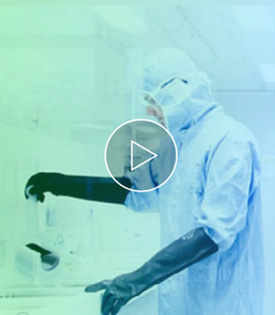Human Recombinant sDLL-1 (from HEK293 Cells)
Supplier: Peprotech
Human soluble DLL-1 comprises the extracellular signaling domain of DLL-1, a member of the Delta/Serrate/Lag-2 (DSL) family of single-pass type I trans-membrane proteins that serve as ligands for Notch receptors. It is expressed primarily in the heart, pancreas and epidermis. DLL-1 functions to specifically activate the Notch-1 and Notch-2 receptors. Proteolytic cleavage of DLL-1 produces a secreted extracellular domain, sDLL-1, that interacts with Notch receptors expressed on adjacent cells. Notch signaling plays an essential role in controlling cell fate decisions during prenatal development and postnatal stem cell renewal, and differentiation in many tissues. Human sDLL-1 blocks monocyte differentiation into macrophages, but permits differentiation into dendritic cells. In hematopoietic progenitor cells, hsDLL-1, suppresses differentiation into B-cells, while promoting differentiation into T-cells and NK cell precursors. In cell culture, human sDLL-1 has been shown to promote expansion of hematopoietic progenitor cells and suppress apoptosis by inhibiting differentiation. Overexpression of Notch receptors appears to inhibit differentiation in several mammalian cell lines, and increasing evidence suggests that Notch signaling is frequently downregulated in human malignancies. The human DLL-1 gene consists of a 528 amino acid extracellular domain with one DSL domain, eight EGF-like repeats, a 23 amino acid transmembrane domain, and a 155 amino acid cytoplasmic domain. The calculated molecular weight of Recombinant Human sDLL-1 is 56.3 kDa.
Información para pedidos: For research use only. Not for use in diagnostic or therapeutic procedures.
Learn more

About VWR
Avantor is a vertically integrated, global supplier of discovery-to-delivery solutions for...